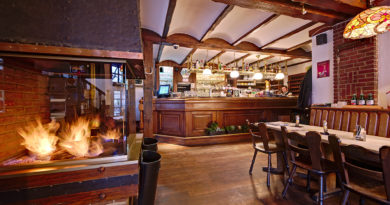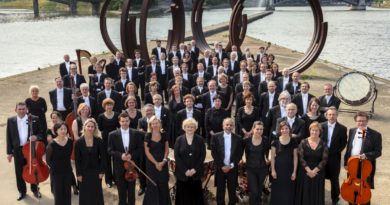10 Belgian communes with funky names
Nasty is the name of a hamlet in Hertfordshire, England. The French have a municipality called Condom. Hell is a village in Norway. In Austria, there’s a village called Fucking. Batman is a city in Turkey. And the Americans have a town called Idiotville in Oregon. Talk about places with funny names. These are just some of the entries in Wikipedia’s list of unusually named towns and cities in the world.
In Belgium, there are 589 towns: 19 in the Brussels-Capital Region, 308 in the Flemish region of Flanders, and 262 in the French-speaking region of Wallonia. But very few of them are lucky enough to deserve a spot in the list of places with wacky-sounding names in English. Here are some them.
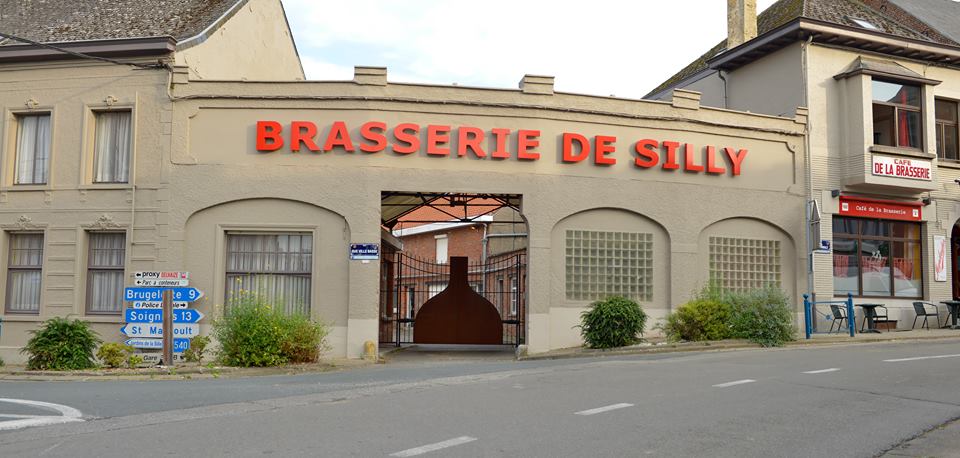
1. SILLY, Hainaut Province
Home of some of the best artisanal beer in Belgium, Silly is a town in the Walloon province of Hainaut. And don’t be silly. The name certainly has nothing to do with the English word which means ridiculous or idiotic. It’s called that way simply because of the Sille, a stream that flows through the Hainaut province. The town is best known for the Brassery of Silly, maker of specialty beers such as the Green Killer, the Pink Killer, and the Silly Pils.
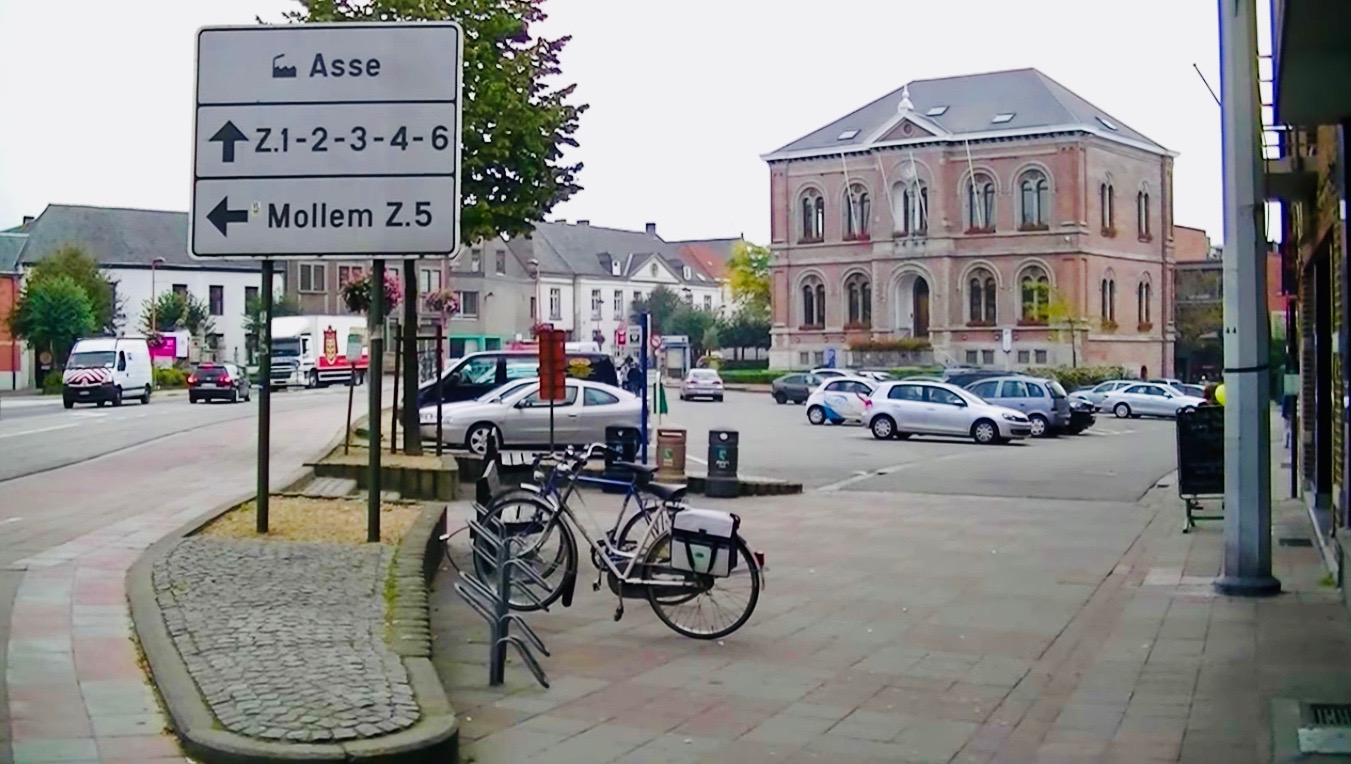
2. ASSE, Flemish Brabant Province
We all know why that sounds funky, right? The name of this town in the Flemish Brabant Province derives from an ancient Celtic word for water or uisce. It is believed that Celtic tribes settled in Asse about two thousand years ago because of its well-irrigated and fertile soil. Today, it is famous for Hopduvel, a music and beer festival which happens every two years. The town was once a top producer of hop plants used in brewing beer.
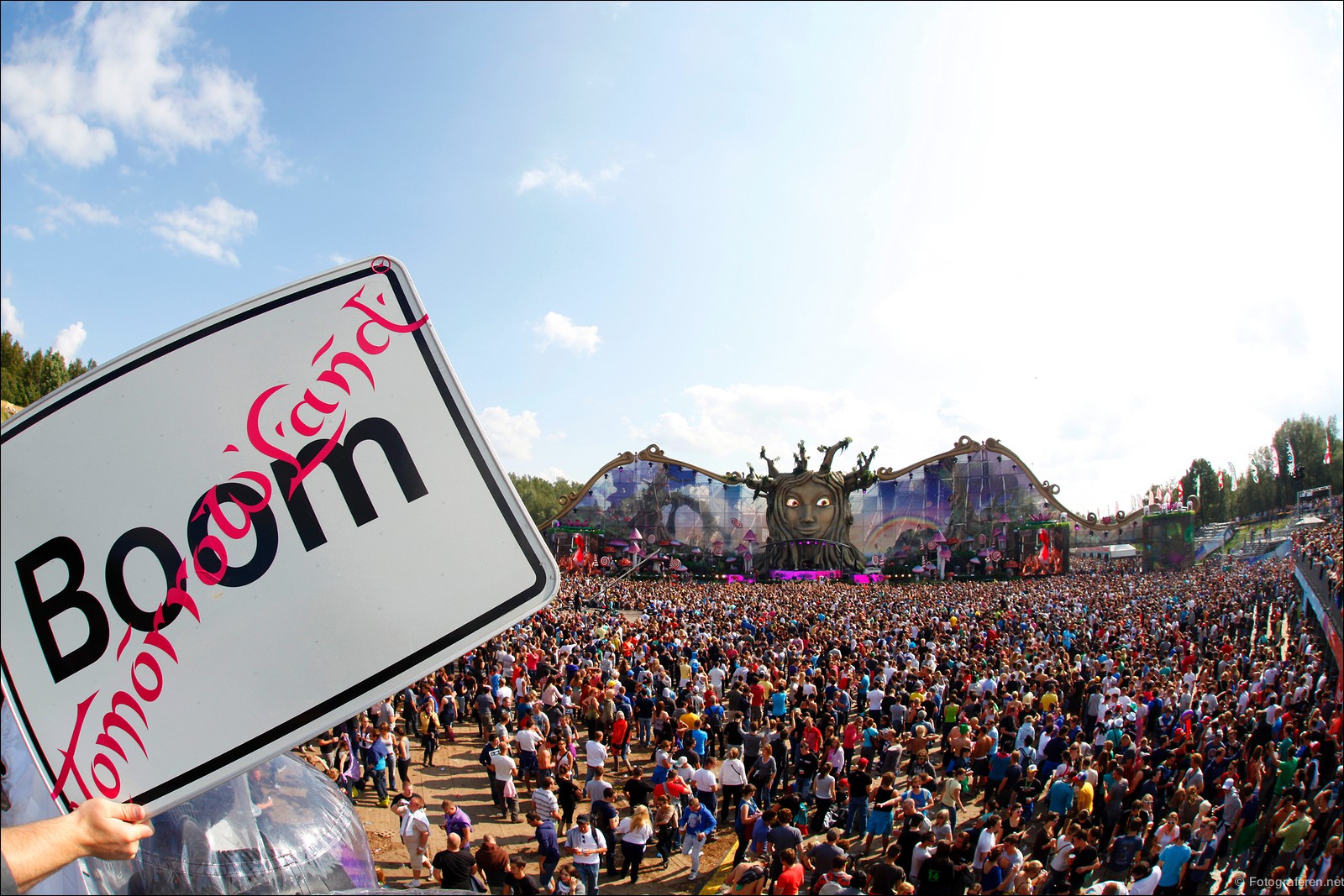
3. BOOM, Antwerp Province
The land of music festivals including Tomorrowland, one of the most awaited music events in Europe, and the Ubuntu Festival for rumba, salsa, soul, hiphop, jazz, and reggae music. With all the booming music, this town in the Flemish province of Antwerp certainly lives up to its name. Boom is also known for its clay pits and brick industry. The town’s name can be traced to baumaz or a tree in the language of the Germanic tribes that inhabited Belgium in the fourth century.
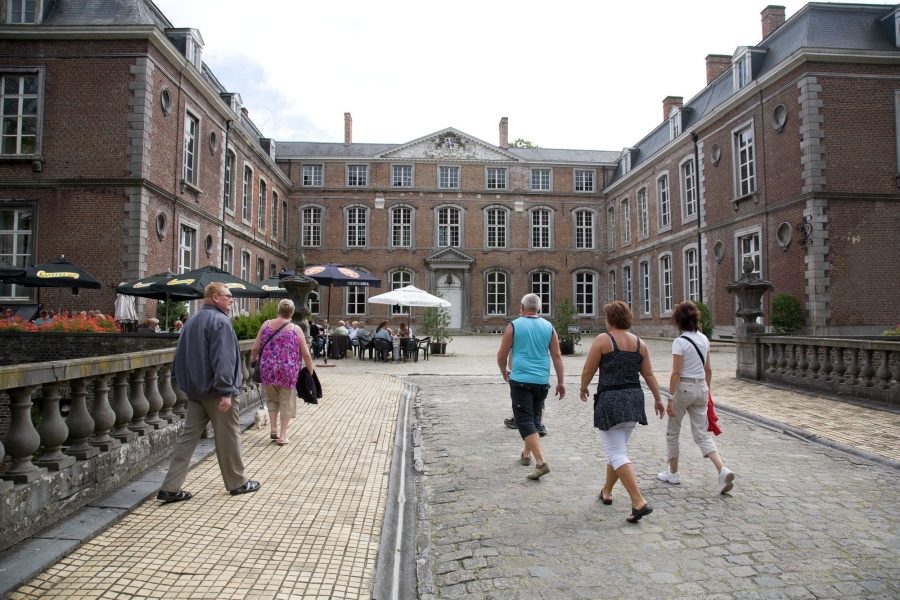
4. INGELMUNSTER, West Flanders Province
If Scotland has its Loch Ness Monster, Belgium has its Ingelmunster. Except of course it’s not some folkloric creature but a town in West Flanders. The name stems from anglo-monasterium or English monastery. Back in the seventh century, a monastery run by English monks stood in the center of the town. In the 11th century, a castle was built on the ruins of the monastery. It later came to be known as the Ingelmunster Castle now owned by the Van Honsebrouck family of beer brewers. Kasteelbier or castle beer is one of the popular beer products from Ingelmunster.
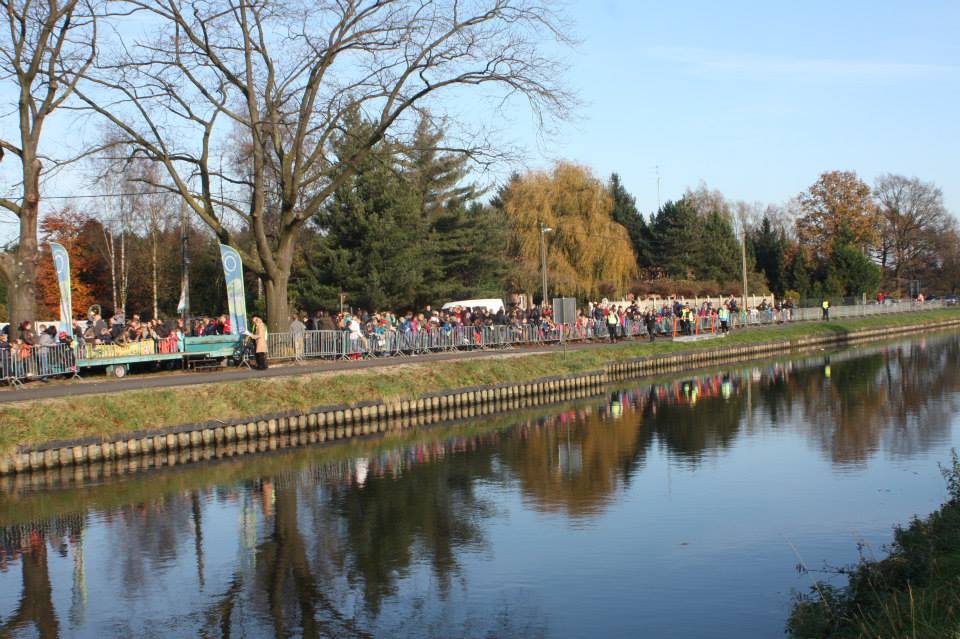
5. BEERSE, Antwerp Province
Oh boy, beer must be overflowing in this place. But no. This town in the Flemish province of Antwerp actually specializes in making Beers Vlierke, an alcoholic beverage which mixes elderberry juice with Jenever, the traditional gin of the Belgians. There’s even an old tradition in Beerse whereby newly-wed couples receive a bottle of Beers Vlierke as a present from the town council. As for the name of the town, it may have come from ancient Flemish words baars and beers meaning heathland.
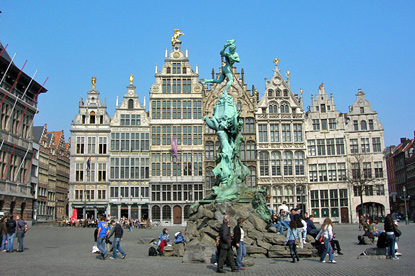
6. ANTWERP, Antwerp Province
With a name that combines an English word for an insect and another word referring to an idiot, the town definitely makes it to the list of places with quirky names. According to one theory, the name comprises the Germanic words anda and werpum translating to ‘on the wharf’ which describes the port city of Antwerp. By the way, the name refers to three things in Belgium: the Flemish province, its capital city, and a district within that city. So if you happen to live in that district, your address would be: Antwerp, Antwerp, Antwerp.
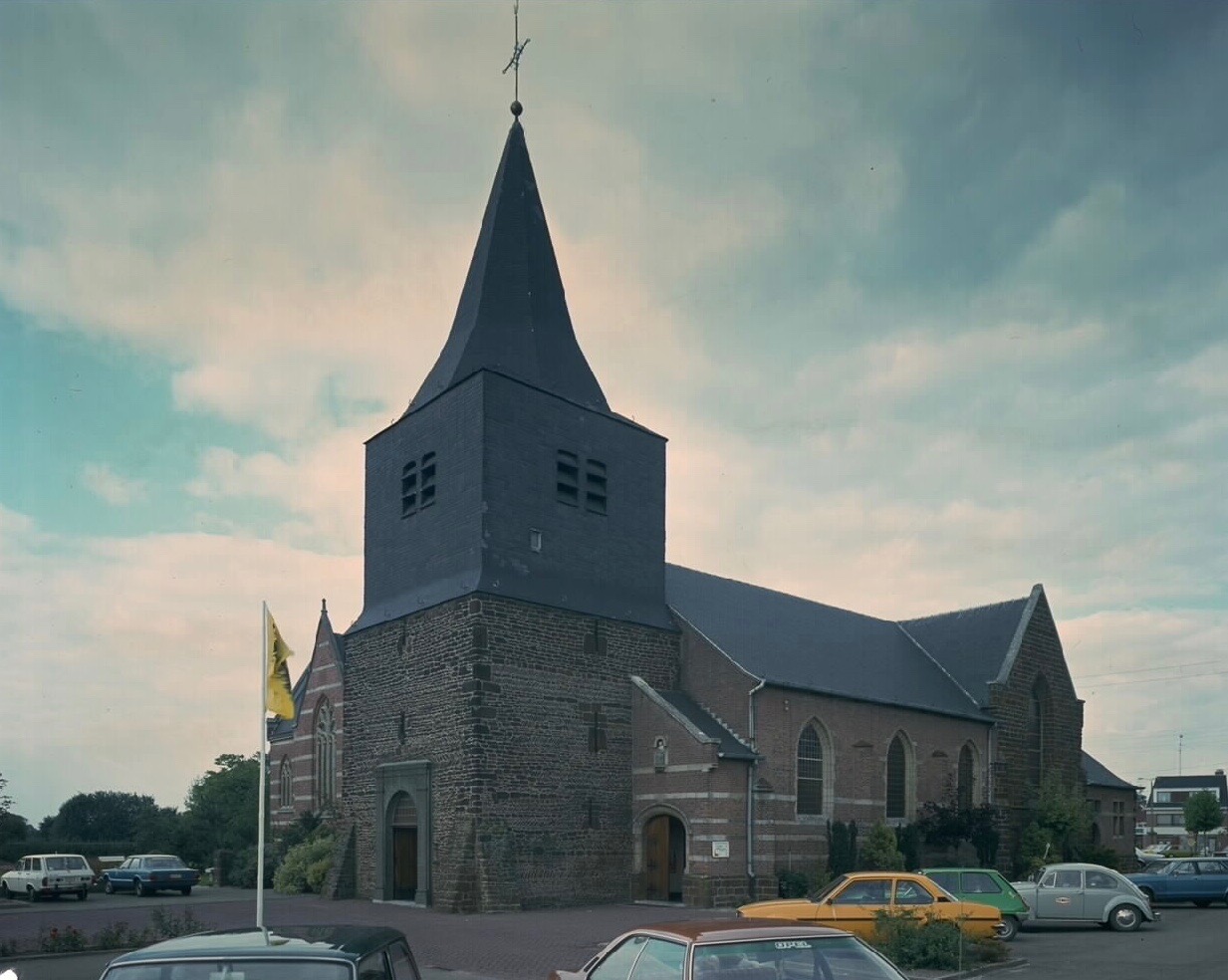
7. HAM, Limburg Province
Sounds like a great place for a hearty breakfast. Now all you need are some bagels and eggs. But seriously, the name originates from the Germanic word hamma which pertains to a narrow land jutting out into the sea. Located in the Flemish province of Limburg, Ham is where you’ll find the 10th-century tower of Onze-Lieve-Vrouw Geboortekerk or Our Lady of the Nativity, one of the oldest church towers in the Benelux region. The town also hosts the September Folkfestival dedicated to lovers of folk music.
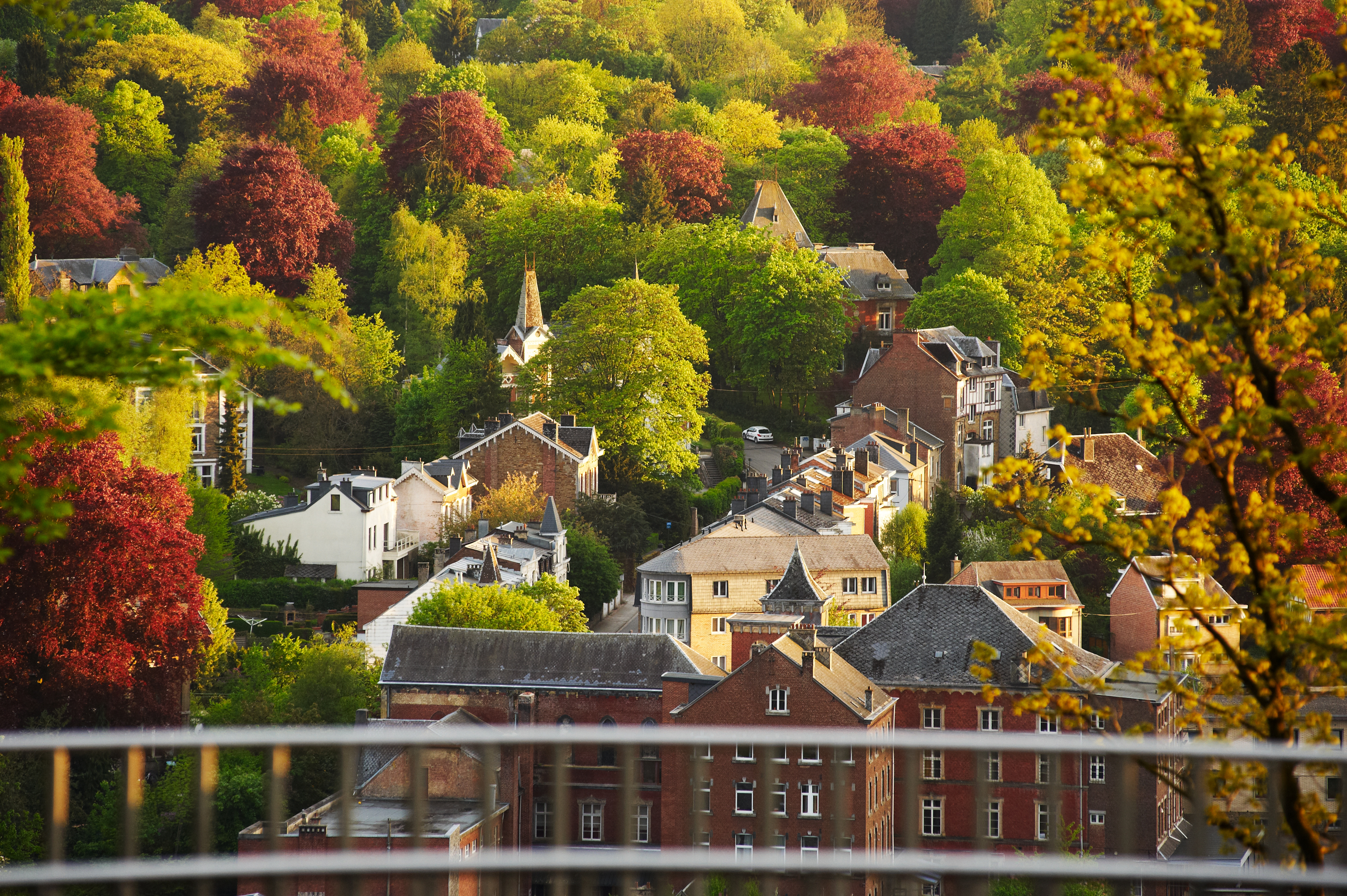
8. SPA, Liège Province
This is the place that gave birth to the spa phenomenon as we know it. In the fourteenth century, this town in the Walloon province of Liège rose to fame because of its natural mineral springs. Since then, the name of the town has been used as a term for any place that has a natural water source with therapeutic potential and for centers of rest and relaxation. Up to the present, the thermal center in Spa remains a top destination for tourists seeking wellness through hydrotherapy. The town is also the home of the world-renowned water producer Spa, and the Circuit de Spa-Francorchamps which hosts the annual Belgian Grand Prix.
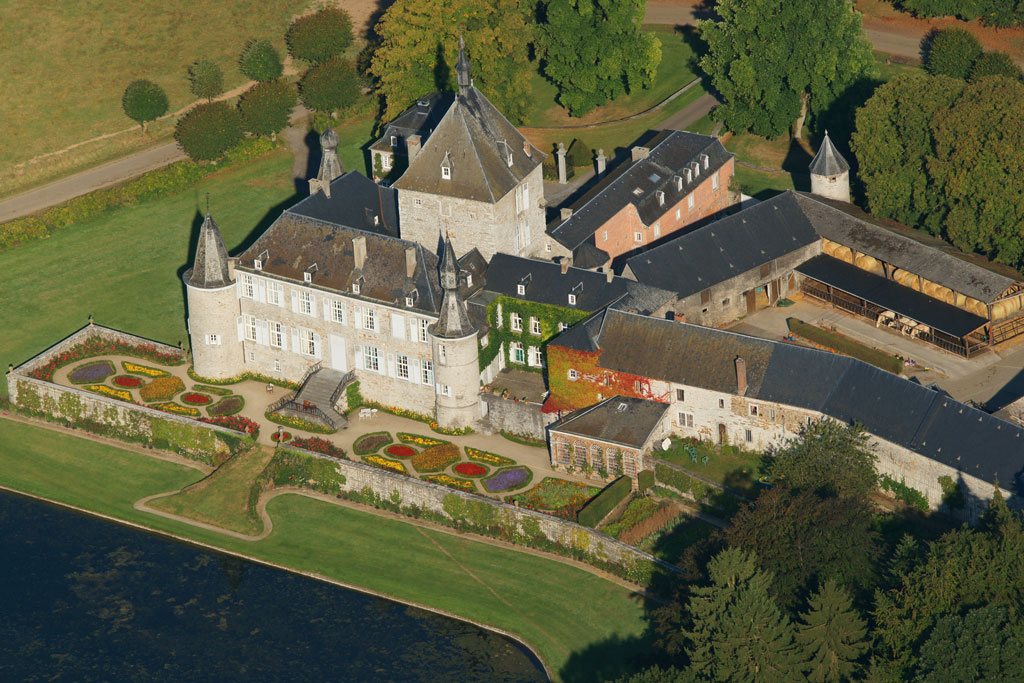
9. OHEY, Namur Province
Oh hey, have you heard of this commune in the Walloon province of Namur? Now you have, and it’s certainly worth a visit. Ohey, pronounced o-weh, has 11 national heritage sites including the Chapel of Saint-Hubert, the Castle farm of Baya, the Hodoumont Castle, and the “La Rochette” farm. The name of the town comes from the Germanic words ‘o’ and ‘heis’ which altogether means an elevated place in a wooded area.
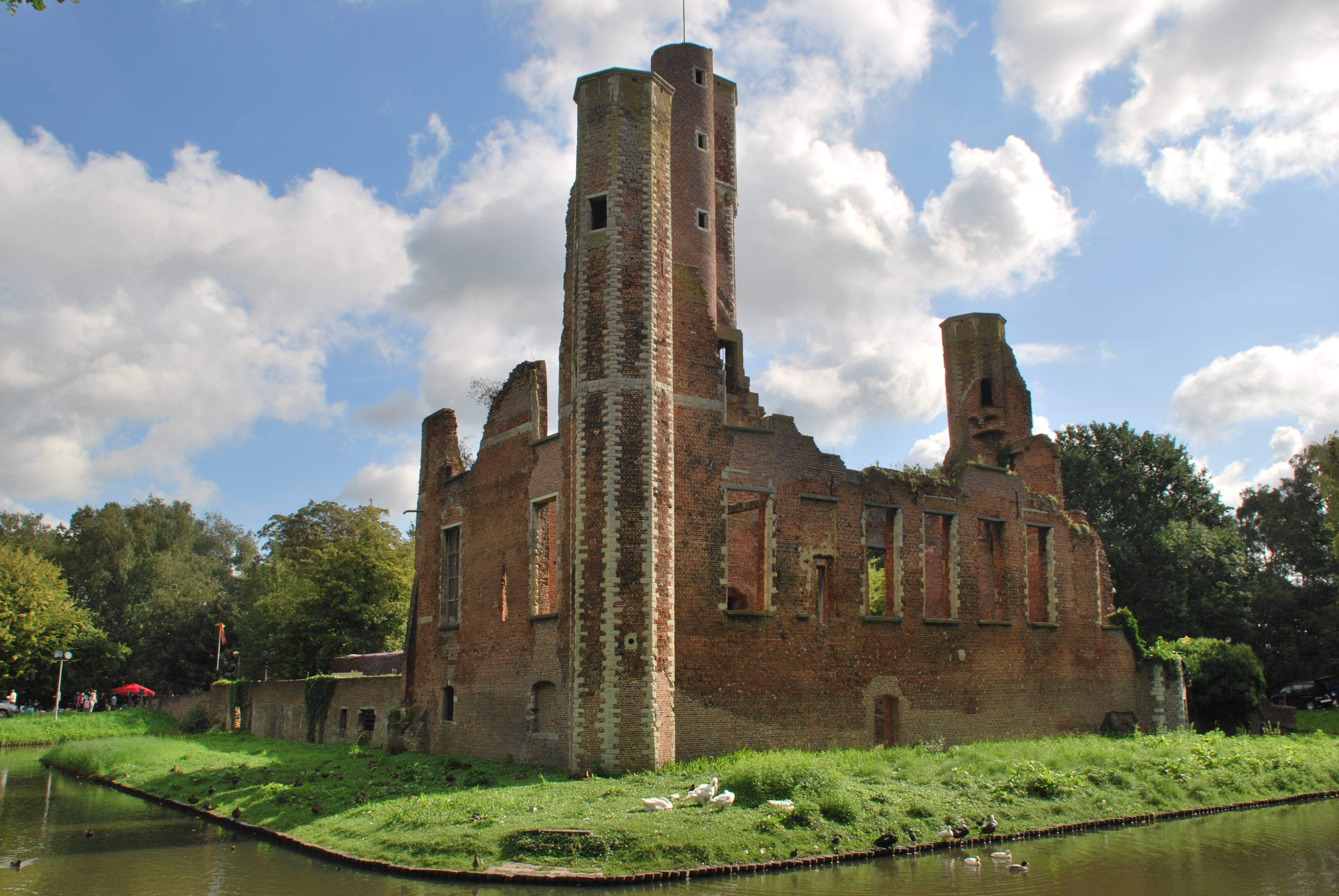
10. DUFFEL, Antwerp Province
It may remind you of duffle bags and duffle coats, and rightfully so. As it turns out, the woollen fabric called duffle was originally made and sold in the Flemish town of Duffel in Antwerp back in the 17th century. So next time you buy yourself anything made of duffle, think – Belgian pride! The town is also the famous location of the ruins of the Elst Castle, one of the oldest buildings in the province of Antwerp,


